How to improve your checkout conversion rate with personalization and AI
Published on November 21, 2025/Last edited on November 21, 2025/13 min read

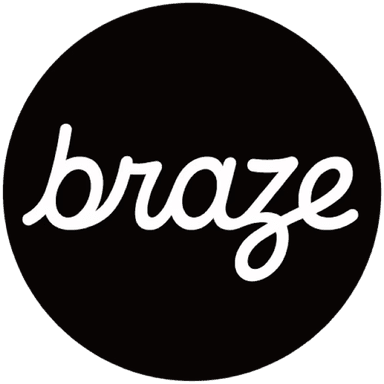
Team Braze
BrazeCheckout is one of the most decisive moments in the customer journey. A smooth, reassuring experience converts intent into revenue, while even minor friction can push customers away. Research shows that around 70% of online shopping carts are abandoned—a number that represents billions in missed potential.
While payment speed and the user experience (UX) play their part, today’s strongest brands focus on the bigger picture. eCommerce personalization, AI decisioning, and journey orchestration connect customer data, timing, and context to guide every shopper toward conversion. These solutions make checkout feel seamless, trusted, and relevant—whether customers are browsing on desktop, mobile, or in-app.
This guide explores how AI-driven engagement helps brands reduce drop-off, recover lost revenue, and design smarter checkout journeys.
Contents
What is checkout conversion rate?
Top reasons customers drop off at checkout
Personalization strategies that boost checkout conversion
The role of AI in checkout optimizationCross-channel tactics that drive conversions
Examples of checkout optimization in action
How Braze can help eCommerce brands reduce friction and drive revenue
Key takeaways and next steps for smarter checkout journeys
What is checkout conversion rate?
Checkout conversion rate measures how many shoppers complete a purchase after starting the checkout process. It’s one of the most reliable indicators of how effectively your brand turns purchase intent into revenue.

The global average eCommerce conversion rate sits at around 3.13%, but performance varies widely by industry:
- Beauty & Personal Care: 4.84%
- Consumer Goods: 3.10%
- Multi-Brand Retail: 4.12%
- Fashion, Accessories, and Apparel: 3.20%
- Luxury & Jewelry: 0.98%
- Pet Care & Veterinary Services: 3.18%
- Food & Beverage: 6.82%
- Home & Furniture: 1.55%
While overall site conversion differs from checkout completion, these numbers highlight the gap between browsing and buying—and the opportunity that optimization creates.
Tracking checkout conversion rate helps identify friction points, measure improvements over time, and assess how personalization, timing, and trust affect customer behavior at the most critical stage of the journey.
Top reasons customers drop off at checkout
Checkout is the moment when small frustrations have the biggest impact. Understanding where and why customers abandon carts helps brands focus their optimization efforts where they matter most.
Lack of trust or transparency
Hidden fees, unclear delivery details, or confusing payment language makes people second-guess their purchases at checkout. Around 95% of purchasing decisions are subconscious, driven by emotion rather than logic, so even small flashes of uncertainty can stop someone from hitting “buy.” Clear pricing, upfront totals, and visible reassurance about payment safety help customers feel confident enough to complete the transaction.
Too many steps or forms
Nothing slows a shopper down faster than a checkout that feels like admin. When people have to repeat information or click through multiple screens, frustration builds and attention drifts elsewhere. Simplifying the process by cutting unnecessary fields, offering guest checkout, and keeping progress visible helps customers stay focused.
Missing personalization or convenience features
Modern shoppers expect the checkout process to recognize them. Saved preferences, autofill details, and relevant shipping or product suggestions all add speed and comfort. When those elements are missing, customers often add-to-cart and then abandon out of frustration or fatigue.
Unexpected costs
After spending time browsing, comparing options, and deciding what to buy, no one wants to be surprised by extra fees at the final step. When delivery costs or taxes appear too late in the process, it can feel disappointing—or even deceptive. That single moment of frustration can undo all the intent that came before.
Giving shoppers a sense of total cost earlier in the journey helps them make informed decisions and feel respected. Providing clarity before checkout builds trust, keeps momentum, and prevents that last-minute sense of being caught off guard.
Forced account creation
Few things interrupt checkout momentum faster than being told to sign up for an account before you can buy. After making their choice, customers want to finish—not fill out another form. Guest checkout options give consumers the freedom to purchase on their own terms, while a simple post-purchase prompt to create an account or complete a few more details helps increase customer activation and keeps the relationship going without slowing it down.
Limited payment options
Checkout should feel like the easiest part of the journey, not a puzzle to solve. When customers can’t use the payment method they already trust—whether that’s a digital wallet, local option, or buy-now-pay-later service—they often abandon entirely. Offering familiar, flexible payment choices keeps checkout smooth and gives shoppers one less reason to hesitate.
Personalization strategies that boost checkout conversion
Checkout should feel intuitive, familiar, and effortless. Personalization builds that sense of ease by shaping the experience around each shopper’s individual needs—not just what’s expected these days. When the right product, message, or reassurance appears at the right moment, hesitation fades and confidence grows. Thoughtful use of data turns checkout into something personal—an experience designed for real people, not a nameless crowd.
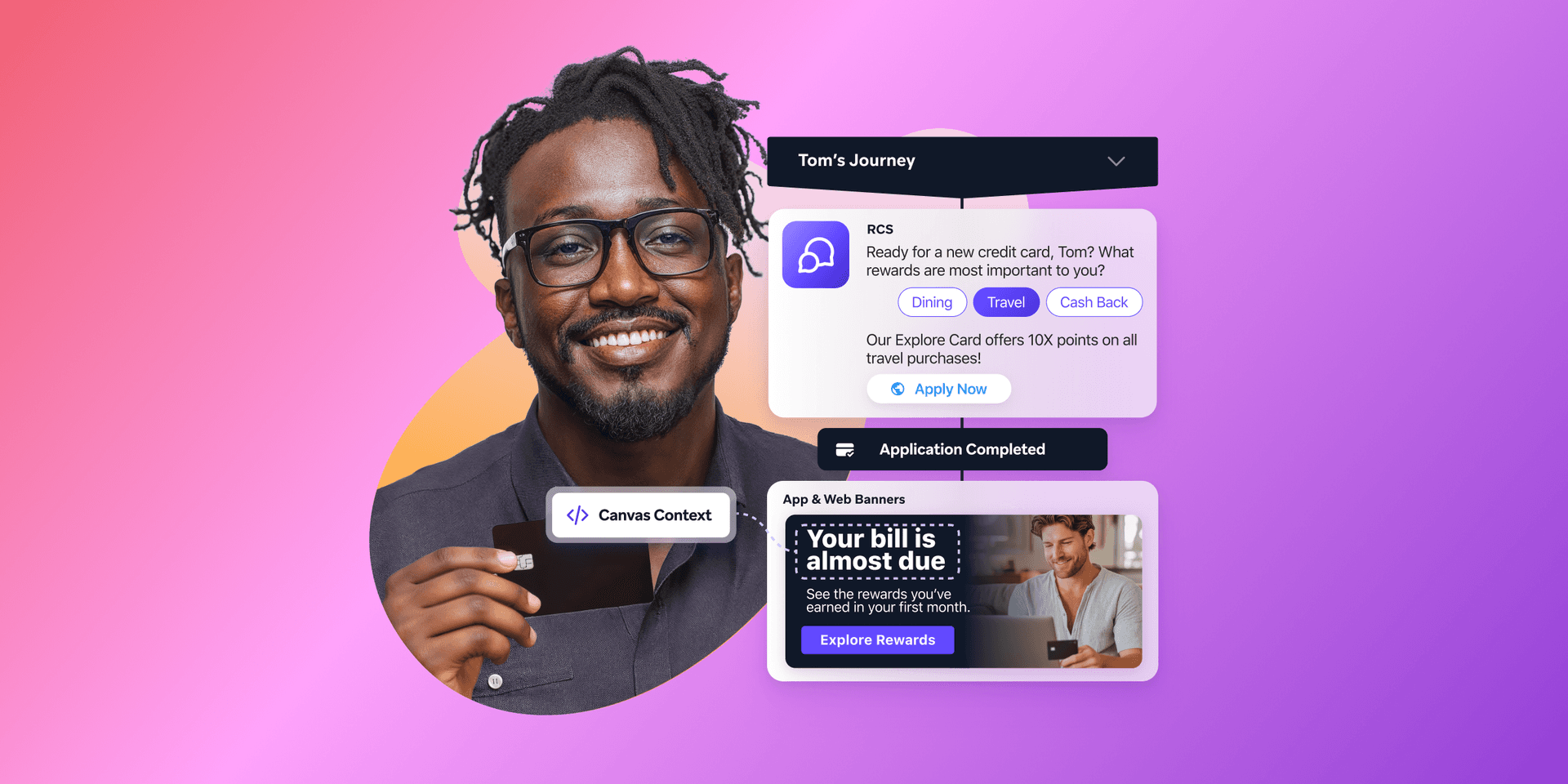
How to increase checkout conversion rate with personalization
The strategies below show how personalization can simplify checkout and encourage customers to finish what they started.
Tailored messaging and cart recovery reminders
Behavior-based messages—like a gentle push notification reminding a shopper their items are still waiting—bring customers back while intent is fresh. Small personal touches, such as referencing the exact product or using the customer’s name, make reminders feel relevant rather than automated and drive higher recovery rates across channels.
Dynamic offers based on purchase history
Offers work best when they reflect real behavior. A returning customer might see a loyalty discount, while a first-time buyer receives a free shipping incentive. Adjusting offers dynamically avoids one-size-fits-all promotions and helps brands balance conversion with healthy margins.
Real-time product or shipping recommendations
Suggestions that respond to behavior—like highlighting a complementary product or the quickest delivery option—make checkout feel intuitive and helpful. This kind of responsiveness builds confidence and helps customers move naturally toward completion.
Context-aware timing
Timing personalizes the experience just as much as content does. Delivering a reminder or offer at the moment someone is most likely to engage—based on browsing habits, time zone, or recent activity—keeps messages relevant and useful, not intrusive.
Trust-building personalization
Familiarity builds confidence. Showing a customer’s preferred payment method, saved address, or recently viewed items helps checkout feel seamless and personal. These small cues show recognition and reliability—reminding shoppers they’re returning to a brand that remembers them and values their time.
The role of AI in checkout optimization
AI helps marketers understand and respond to customer behavior in real time. By analyzing browsing patterns, engagement signals, and purchase intent, AI models can identify which shoppers are at risk of abandoning checkout and what action is most likely to keep them moving forward. It turns a static sequence into an adaptive experience—where every message, offer, and timing decision is guided by data, not assumption.
eCommerce checkout conversion rate optimization with AI decisioning
With BrazeAI Decisioning Studio™, marketers can automate and refine these decisions at scale, using machine learning to optimize offers, timing, and channels for every individual in real time.
Predictive engagement and intelligent timing
AI can sense when a shopper’s attention is slipping and step in with a helpful prompt—like delivery reassurance or a low-stock reminder—right when it matters most. These small, well-timed nudges keep momentum going without overwhelming the customer.
Automated testing and continuous learning
Instead of running one-off A/B tests, AI decisioning learns in the background—automatically trying new versions of flows, messages, and offers. Every interaction makes the next one smarter, helping brands understand what truly resonates with each individual.
Adaptive offers and budget-aware optimization
AI decisioning can weigh goals such as protecting margins or increasing lifetime value, then tailor offers accordingly. A high-value customer might see a loyalty benefit, while a first-time buyer receives a lighter incentive—always balancing cost with impact.
Next-best channel and frequency selection
Everyone responds differently. AI decisioning identifies which channel—push, email, SMS, or in-app—works best for each person and how often to reach out. It keeps engagement strong without crossing into fatigue.
Explainable decisions and marketer guardrails
BrazeAI Decisioning Studio™ keeps marketers in control. Teams can see why the system made a choice and adjust the rules behind it. You set the goals; the platform learns and adapts to reach them.
Post-purchase learning loop
Optimization doesn’t end once the payment clears. Post-purchase data—like repeat buys, refunds, or loyalty activity—feeds back into the model, helping AI refine future checkout decisions and build long-term value.
Cross-channel tactics that drive conversions
AI decisioning and personalization deliver the most value when they extend beyond the checkout page. Customers move between channels constantly—browsing on mobile, comparing on desktop, or saving items for later in an app. Braze research shows that brands who utilize email, in-app messages, mobile push, and web push together can achieve a 126X higher average sessions per user compared to those who only received in-app messages. Coordinating engagement across those relevant moments then, keeps intent alive and nudges shoppers back toward completion.
Checkout-triggered push notifications and emails
Automated push and email reminders can respond instantly to checkout events, such as an abandoned cart or partial payment. Including context—like saved items, delivery details, or stock levels—helps the message feel relevant rather than repetitive.
SMS and WhatsApp reminders with deep links
For high-intent shoppers, short, direct channels can make all the difference. A message with a deep link that reopens the checkout page or preloads the cart shortens the path to purchase, especially for mobile-first audiences.
In-app messaging for reassurance and clarity
For users already in your app, contextual in-app messages can resolve hesitation in real time—confirming payment options, highlighting support availability, or clarifying delivery times. Small, helpful cues reduce last-minute uncertainty.
Mobile checkout conversion strategies for connected shoppers
Mobile devices account for the majority of eCommerce sessions, but conversion rates remain lower than desktop. Streamlining and contextualizing the mobile checkout journey can close that gap:
- Use mobile-specific deep links in push or SMS to take shoppers straight to their cart.
- Keep authentication light, using saved credentials or one-tap payment options.
- Personalize delivery and payment methods based on previous mobile behavior.
- Apply AI decisioning to time messages around each user’s peak engagement window.
The most effective cross-channel strategies keep checkout conversations active across devices, combining convenience and context to guide customers smoothly from intent to purchase.
Examples of checkout optimization in action
Turning insight into action looks different for every brand. These examples show how companies across industries use Braze to reduce friction, personalize engagement, and guide more customers through to purchase.
Tonies tunes up conversion with personalized journeys
Tonies, the screen-free audio platform for children, wanted to connect storytelling magic with a smoother buying experience.
The challenge
As Tonies expanded across markets, its teams needed to simplify customer journeys and re-engage shoppers who paused before checkout—without losing the playful, parent-friendly tone of the brand.
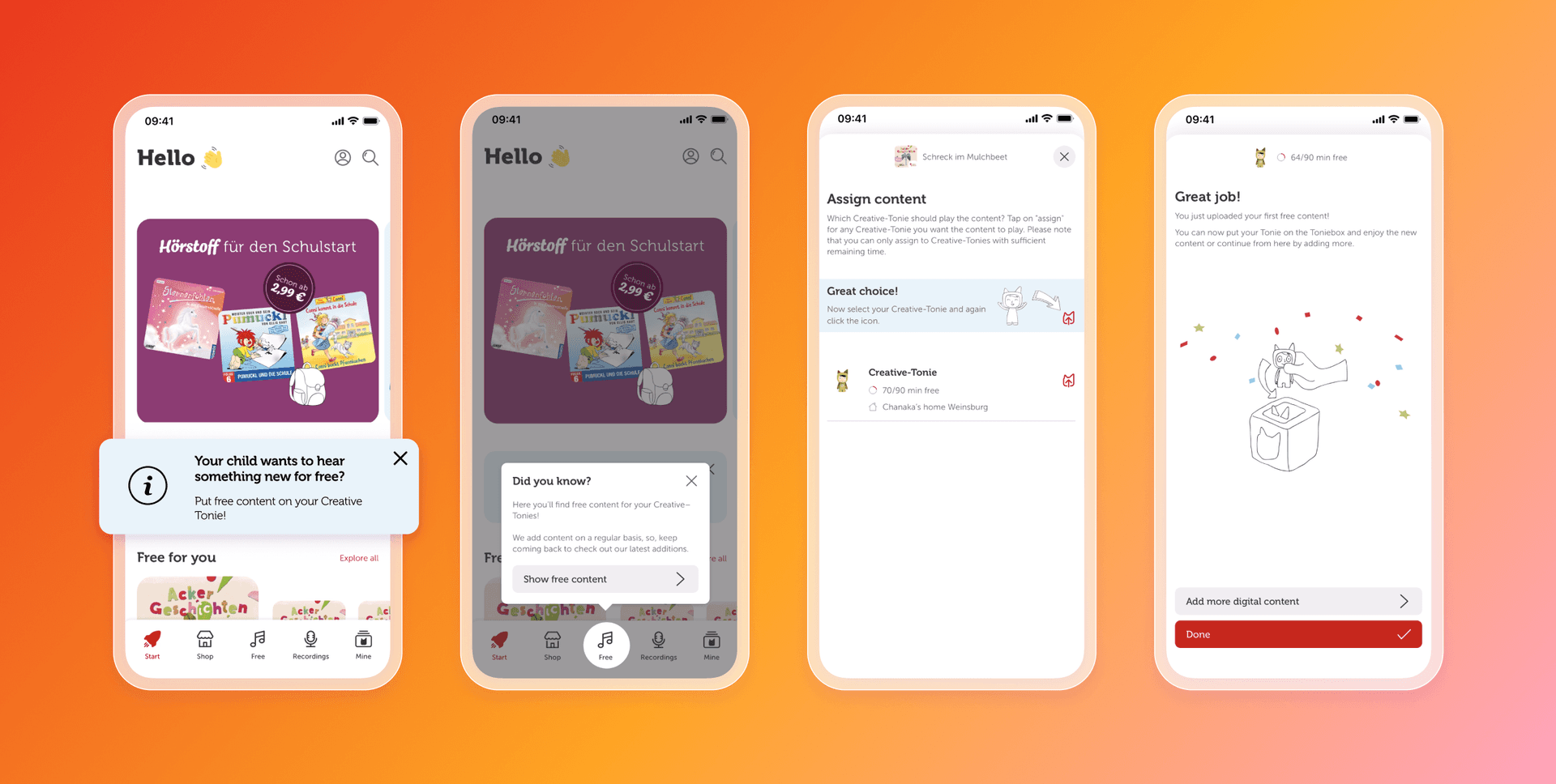
The strategy
Using Braze, Tonies built personalized campaigns that responded to real-time behaviors. Data from browsing and cart activity triggered targeted reminders and special offers tailored to each household’s preferences.
The results
- 117% increase in free-to-paid content conversions year over year
- Improved engagement through personalized onboarding and upsell flows
KFC Trinidad and Tobago serves up timely re-engagement
KFC Trinidad and Tobago sought to reduce drop-off across digital ordering channels while maintaining the immediacy customers expect from a quick-service brand.
The challenge
Many customers were starting online orders but abandoning them before payment. The brand needed to connect digital convenience with its signature in-store energy.
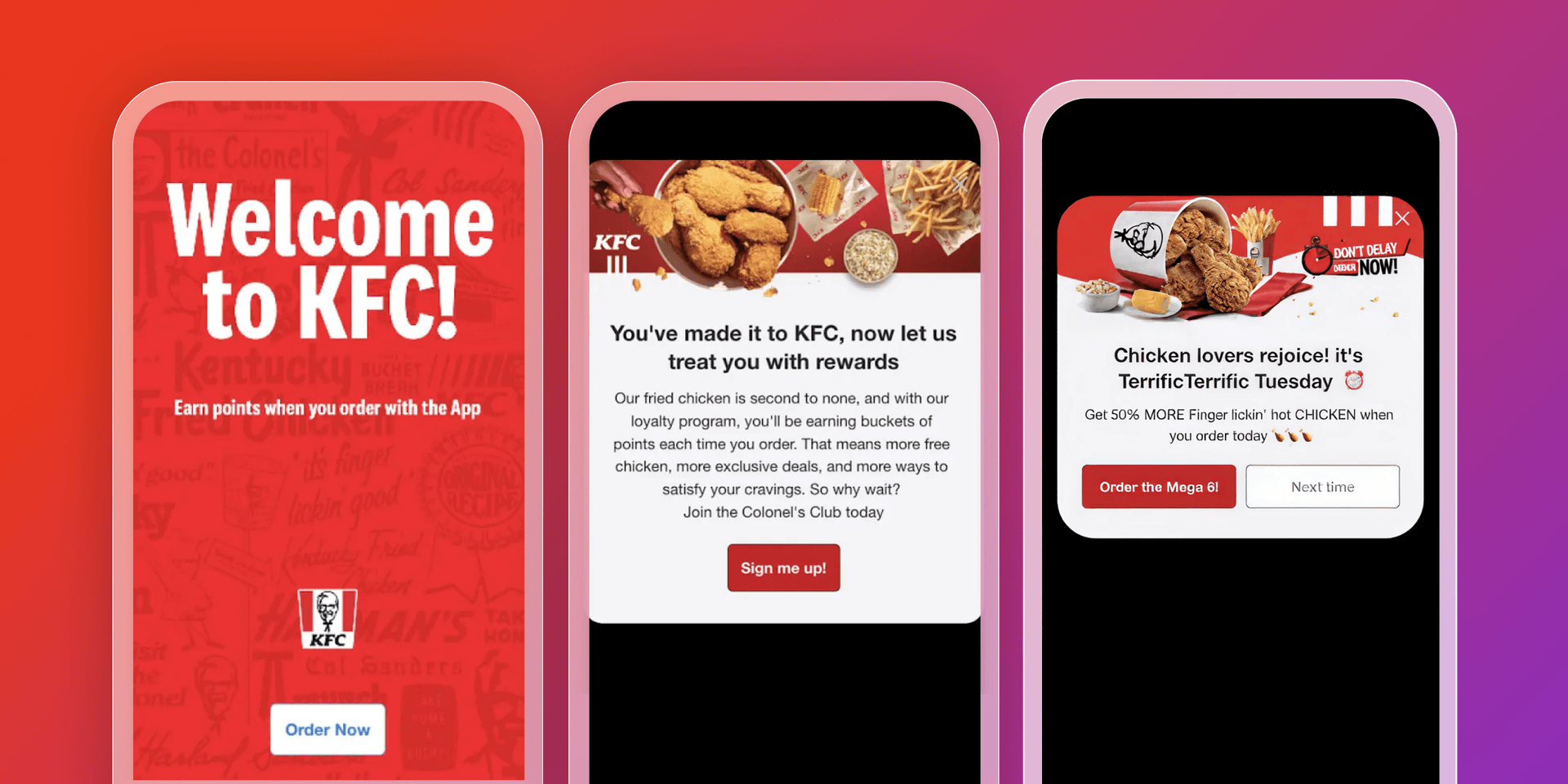
The strategy
Using Braze, KFC created a data-driven messaging flow that identified high-intent customers and sent timely prompts across channels. Push notifications reminded users to complete orders, while in-app messages confirmed offers and delivery times.
The results
- 384% increase in session frequency among users converted by the mobile welcome series
- 9.37× higher lifetime revenue for mobile welcome converters vs. baseline
- Mobile welcome series contributed ~10% of daily CRM revenue (September-October)
- “Terrific Tuesday” campaign drove 20% of weekly purchases and 11% lift in session starts
- Recipients of the Tuesday campaign saw 5.31× higher lifetime value than the control group
Coches connects personalization to loyalty
Coches, an automotive marketplace, needed a smarter way to turn browsing into buying in a category where decisions take longer and competition is high.
The challenge
With customers comparing multiple listings and sellers, Coches wanted to stay top of mind throughout the decision cycle and encourage users to complete inquiries or purchases on its platform.
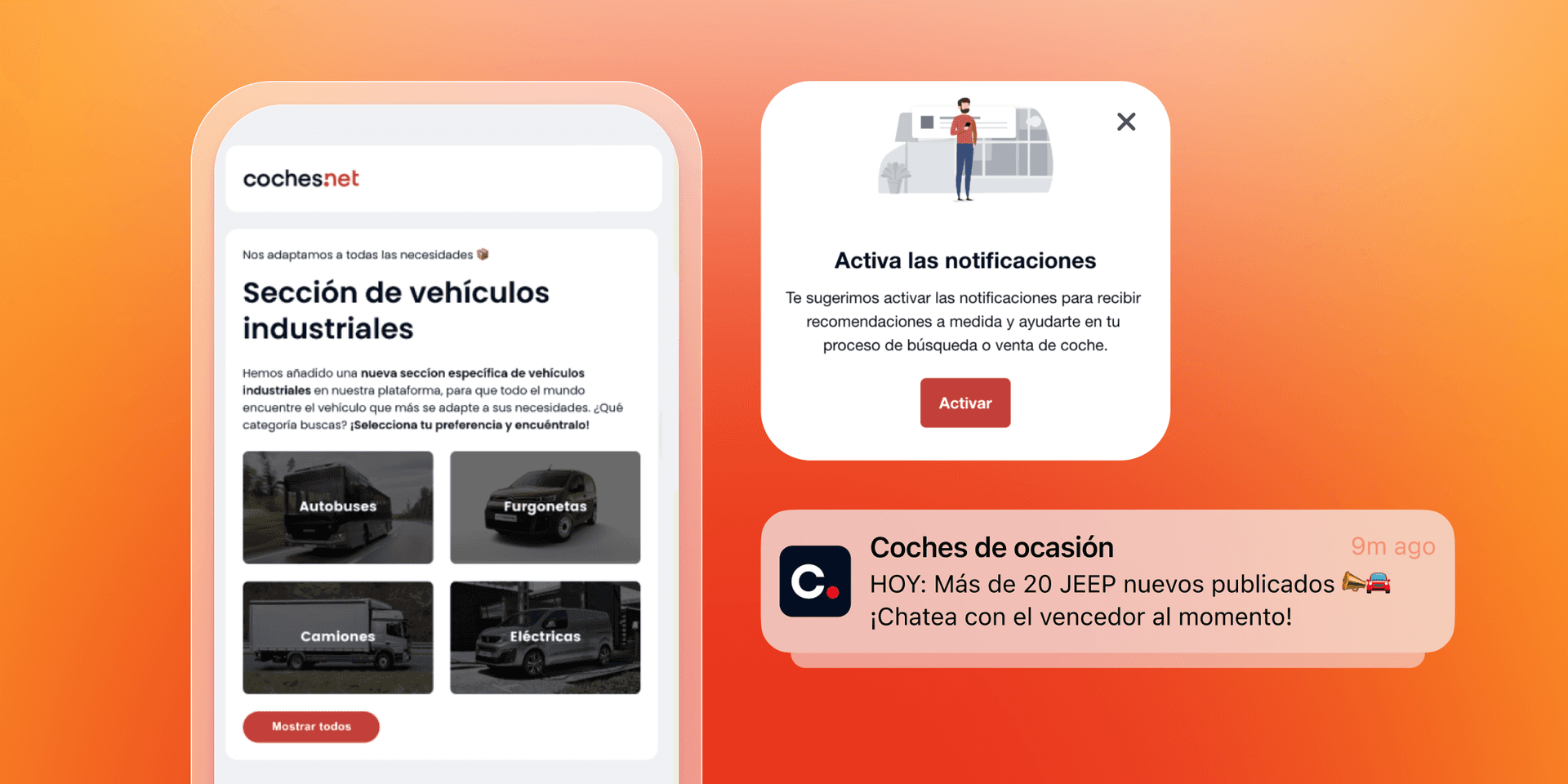
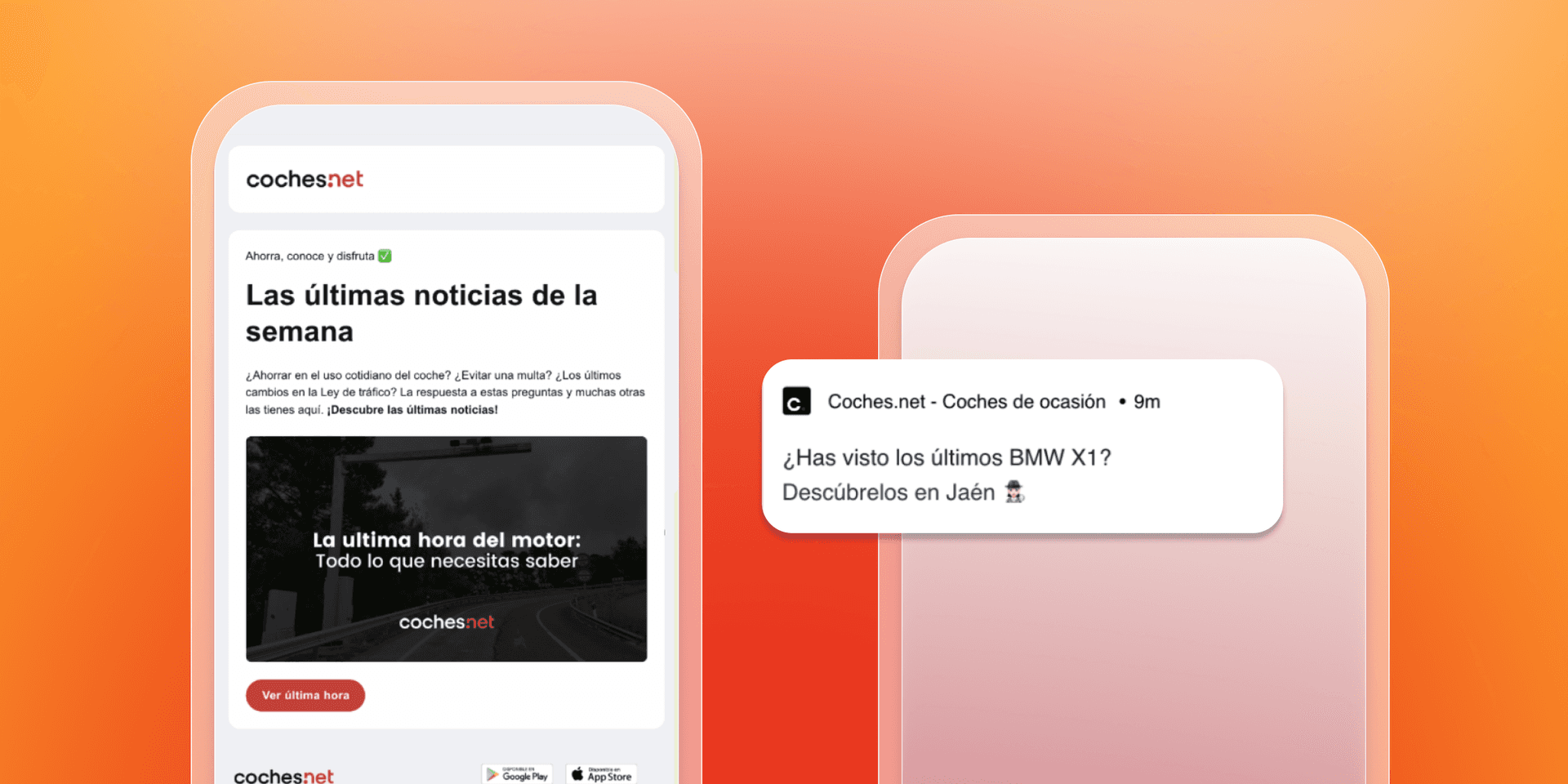
The strategy
By integrating Braze with its CRM and onsite behavior data, Coches built dynamic journeys that adapted to each shopper’s search patterns. AI-driven messages surfaced relevant vehicles and offers, and follow-ups were timed to coincide with renewed browsing activity.
The results
- 352% increase in ad replies and 533% increase in ads published through personalized onboarding
- 2,892% increase in monthly reactivated users through reactivation flows
- 1,500% increase in conversions from push alone
- 2,400% increase in conversions from push and email combined
- 2,902% increase in monthly visits with cross-channel orchestration
How Braze can help eCommerce brands reduce friction and drive revenue
Customer journey optimization works across every touchpoint and depends on connecting data, timing, and messaging. Braze helps eCommerce brands do exactly that.
Data-driven journey orchestration
With Braze, marketers can build automated, responsive checkout flows that adapt to each shopper’s behavior in real time. Data from browsing, engagement, and purchase activity shapes every decision—from when to send a message to which offer to display. These journeys update dynamically as customer intent changes, helping brands recover carts and reduce drop-off.
Integration with Shopify, payment tools, and CRMs
Braze integrates seamlessly with Shopify and major payment providers, connecting transaction data to customer engagement in one platform. This visibility helps teams act faster—triggering post-purchase messages, follow-ups, or win-back campaigns without manual uploads or delays. Customer relationship management (CRM) system integration closes the loop by unifying customer profiles across systems, allowing more accurate personalization at checkout and beyond.
Together, these capabilities make the checkout experience more fluid and consistent—turning each completed purchase into the start of a longer relationship.
Key takeaways and next steps for smarter checkout journeys
The most successful brands use each customer interaction to learn, refine, and improve how they guide shoppers toward purchase.
Start by looking at the signals you already have—engagement data, device use, and channel preferences—and use those insights to shape how checkout feels for each customer. From there, AI decisioning can turn those signals into real-time actions, adapting as behaviors shift and new patterns emerge.
When every message and journey reflects live context, checkout stops being a bottleneck and becomes part of a continuous loop of learning, engagement, and growth.
Checkout conversion rate FAQs
Personalization improves checkout conversion rates by making the experience smoother and more relevant to each shopper. Tailored messages, saved details, and individualized offers reduce effort and build trust—helping customers complete their purchase without hesitation.
A good checkout conversion rate for eCommerce generally falls between 2% and 5% depending on industry, device, and product category—although it can fall higher or lower. Monitoring this rate regularly for your brand helps you see how optimization efforts translate into real performance gains.
AI and automation enhance checkout by analyzing behavior in real time and responding instantly. They adjust messaging, timing, and incentives automatically, turning data into actions that keep customers moving toward completion.
To reduce cart abandonment, simplify forms, display costs early, and offer guest checkout. Add personalized recovery messages and flexible payment options to re-engage customers who leave before paying.
Customers most often abandon checkout due to hidden fees, long forms, missing payment methods, or weak trust signals. Each of these adds friction at a moment when clarity and reassurance matter most.
The right timing and channel make reminders feel helpful rather than intrusive. Using AI to identify when each shopper is most likely to act—and whether to reach them by email, push, SMS, or in-app—improves recovery rates.
AI helps brands optimize checkout by learning from every interaction. It predicts drop-off risk, recommends next-best actions, and personalizes offers in real time—creating a continuously improving cycle of engagement and conversion.
Related Tags
Be Absolutely Engaging.™
Sign up for regular updates from Braze.
Related Content
View the Blog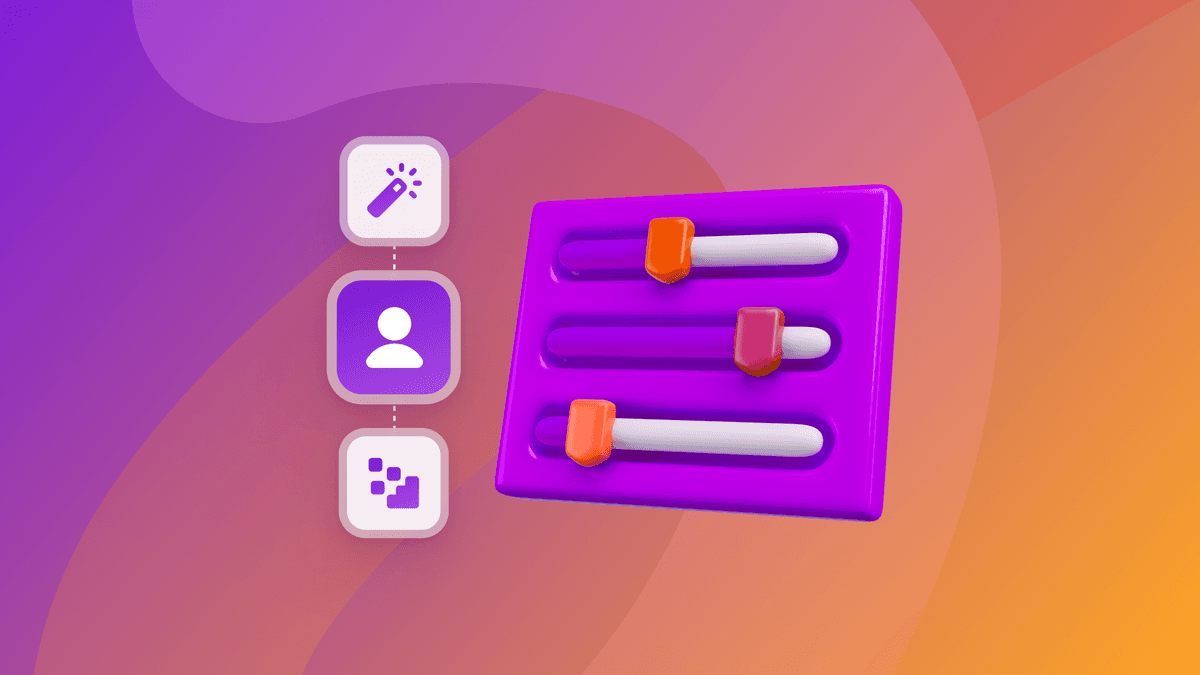
How behavioral marketing turns data into personalized experiences

Team Braze

Enterprise generative AI: Transforming data, decisions, and customer experiences

Team Braze

Omnichannel personalization: Delivering consistent, connected customer experiences
